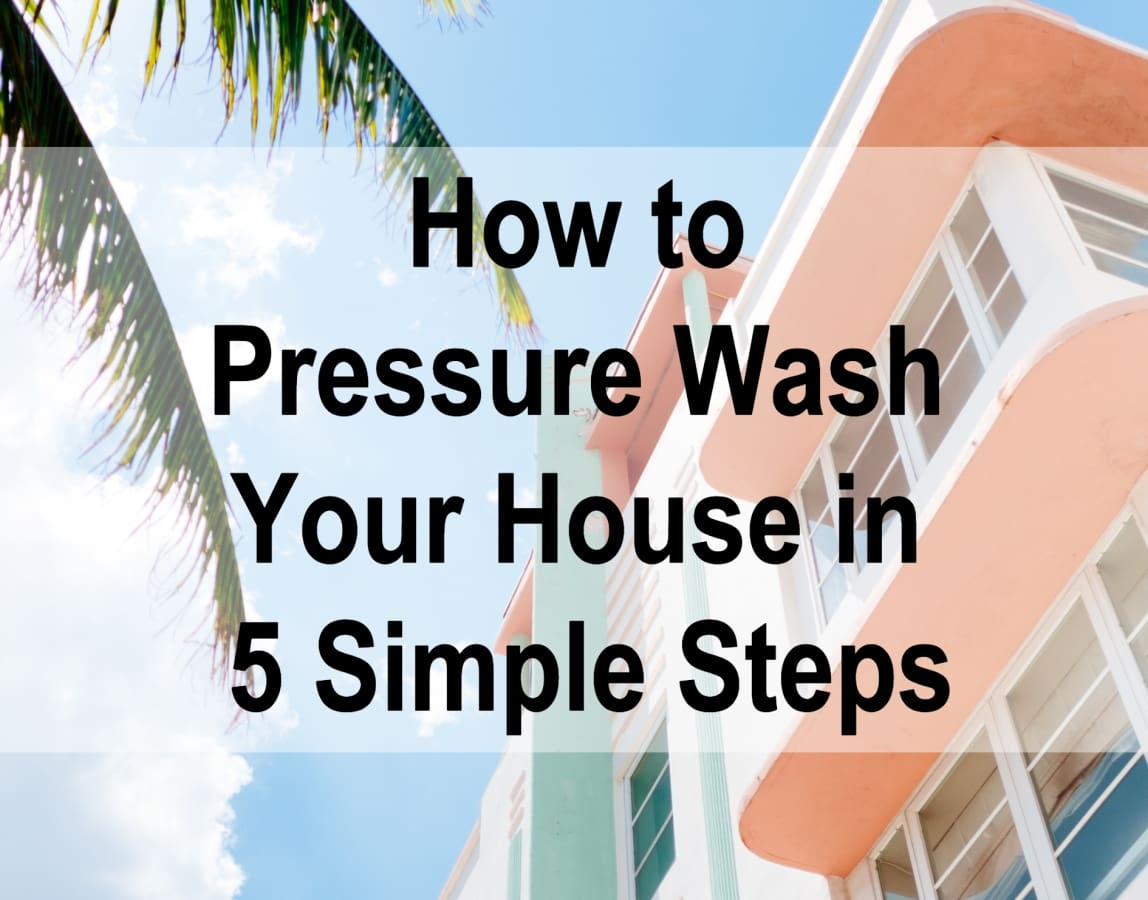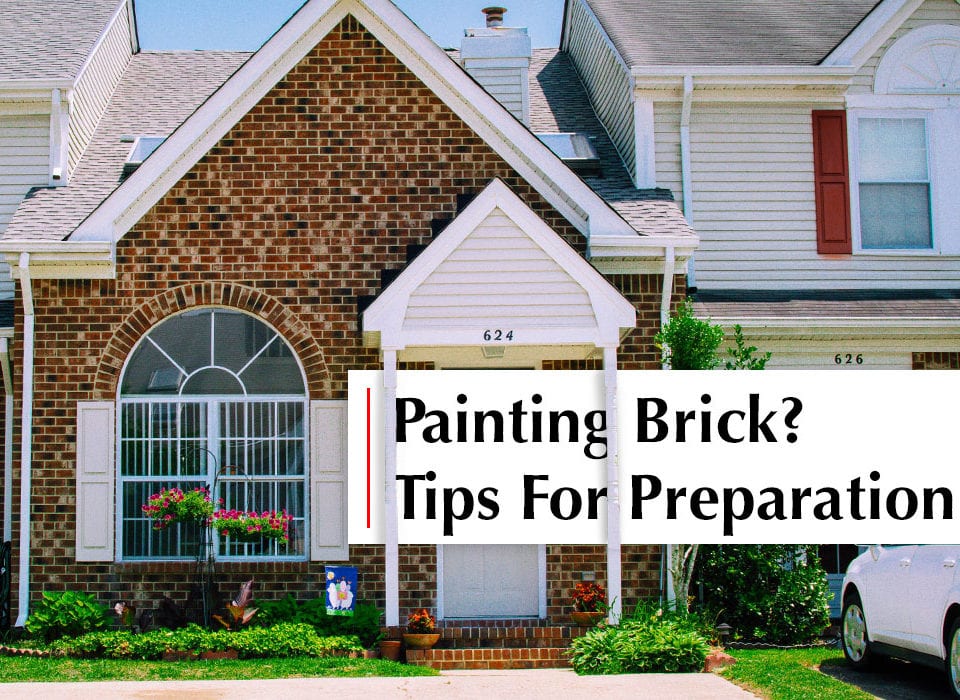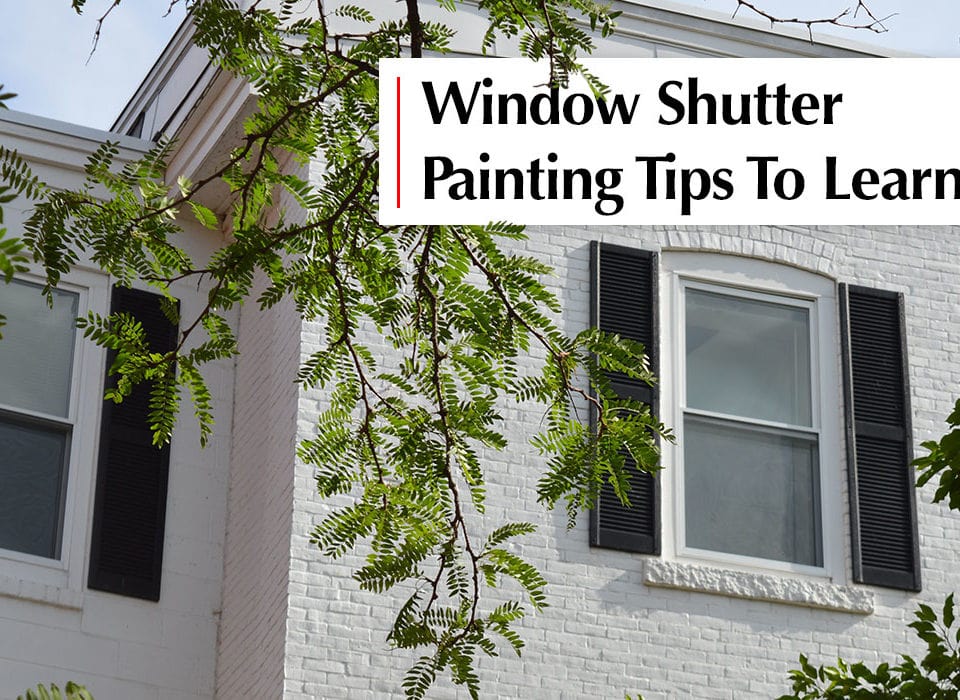How to Pressure Wash Your House in 5 simple steps

Cost Cutting Tips for Exterior House Painting
September 29, 2018
Tips for Exterior Painting On commercial and Industrial Buildings
October 13, 2018How to Pressure Wash Your House in 5 simple steps
There is really no magic wand that can instantly wipe off years of soot, dirt, grime, and mildew from the exterior of your home, but pressure washing can get rid of the unattractive build-up and restore a fresher, tidier look. You can perform pressure washing every after a few years for general maintenance. But it’s also one of the clean-up methods used during preparation for painting.
Pressure washing needs some skills and strict adherence to some basic guidelines. For instance, spraying too aggressively could harm the paint or siding. In fact, we don’t recommend pressure washing for hardboard, rock-dash and bottle-dash stucco as they could easily be damaged by the process. If it’s been long since you carried out this cleaning practice, you just might be in for some serious physical labor.
To help ease the process a little bit, here are the 5 steps along with tips that will make pressure washing less of a hassle.
- Cover all exterior electrical outlets and your assets
Use duct tape to seal and cover outlets, even if the outlets already have spring tension covers. Covering the outlets will prevent any water and detergent from leaking through. Cars and plants are also vulnerable to the pressure stream and chemical runoff. Cover your plants using drop cloths. Alternatively, rinse the plants with fresh water before, during and after the process, especially if you’re using strong detergents. This will minimize the number of chemicals absorbed.
- Check the exterior for signs of mildew or mold.
Pressure washing with plain water or a mild detergent alone won’t stop the mold and mildew from growing –most of it will be washed away, but it will come right up soon. Mildew resembles a dirty-looking blackened area. If you’re not sure, you can apply a little bleach to the suspected area –if the black spots disappear, your house has mildew.
Treat the mildew areas with a solution of 2 parts bleach and 1 part water –apply using a spray bottle instead of a pressure washer. Brush the sprayed areas gently using a scrub brush until the mildew and mold are cleared. Some of the bleach will be absorbed by the brick and prevent the mildew from growing back too soon. For areas that you can’t easily access, you might want to use water blasting to dislodge off the mildew and dirt.
- Set up the pressure washing machine.
Locate the hose mount on the back of the pressure washer, and attach the garden hose to this mount. Next, connect the other end to the exterior water faucet. Mix the detergent as per the package directions and add the mixture into the washer reservoir. For harder surfaces, feel free to use a higher PSI and a 15-degree spray nozzle. For softer surfaces, use a lower PSI and a 25- or 30-degree nozzle.
Remember to use gloves and goggles to protect your hands and eyes during the pressure washing process. If you’re working on a two-story building, start from the topmost surface, and you may want to attach the extension wand. If you’re using a scaffold, be sure to lock the wheels in place. If the pressure washing is in preparation for a painting process, we suggest you leave it to a repainting specialist, especially if you have a multi-story home.
- Start the pressure washing machine.
Some pressure washer models are gasoline operated while others are battery driven. Whichever the option, consult the machine’s manual for operation instructions. Maintain your nozzle-to-wall distance at 3-feet, at first and see if this stance allows you to remove the dirt without damaging the wall. Move back and forth at increments of six inches to determine which distance gives the ultimate spraying power.
Spray the home beginning with the area closest to the roof line. Spray overhangs first and then gradually work your way down to the foundation. To prevent water from getting under the siding, reach up with both arms and angle the sprayer down to a 45-degree angle. Make sure that the detergent thoroughly covers the entire expanse of the exterior.
- Rinse the home thoroughly.
Finally, after thoroughly covering your walls with detergent/water mixture, go over your home once more, this time pressure washing with clean, plain water. When finished, your home’s exterior should be clean and fresh. If pressure washing is in preparation for painting, you should give your home enough time to thoroughly dry before you commence with painting.





